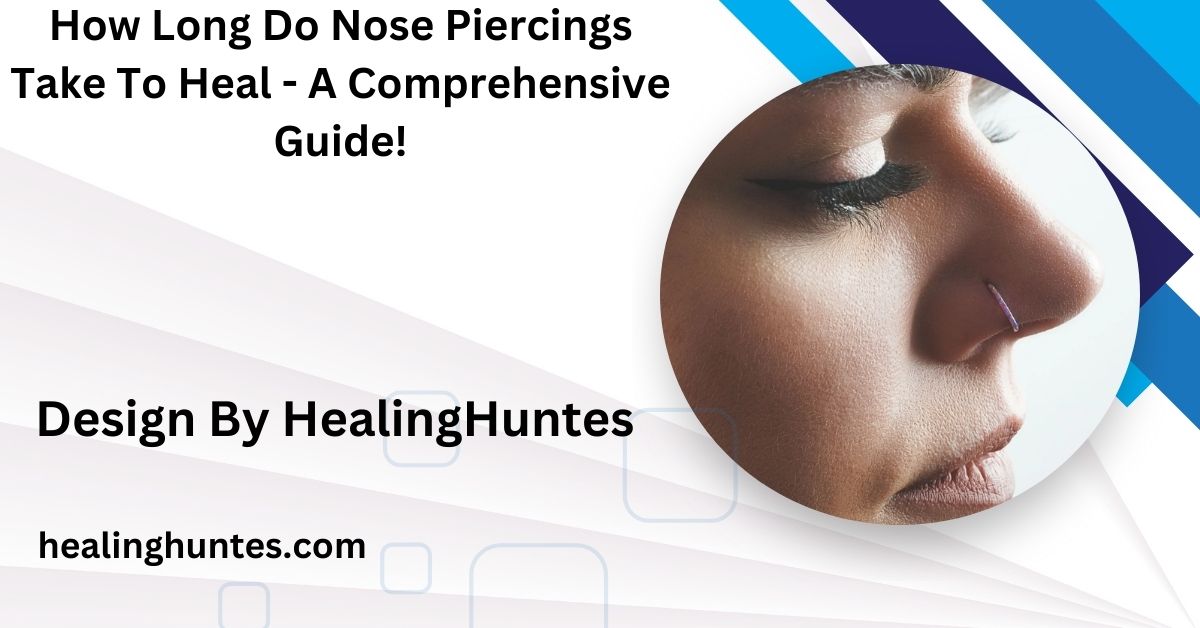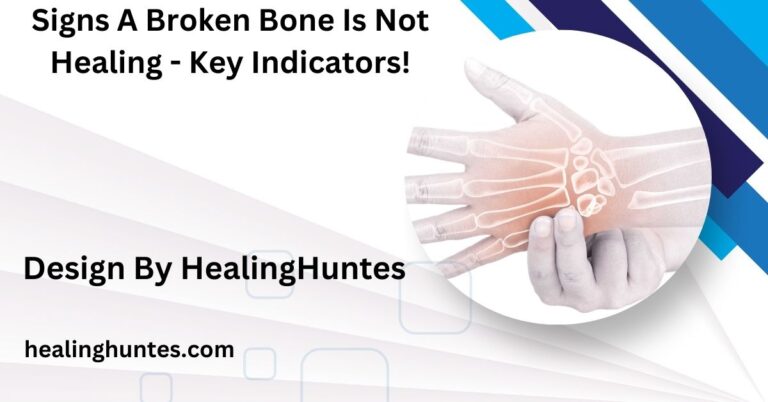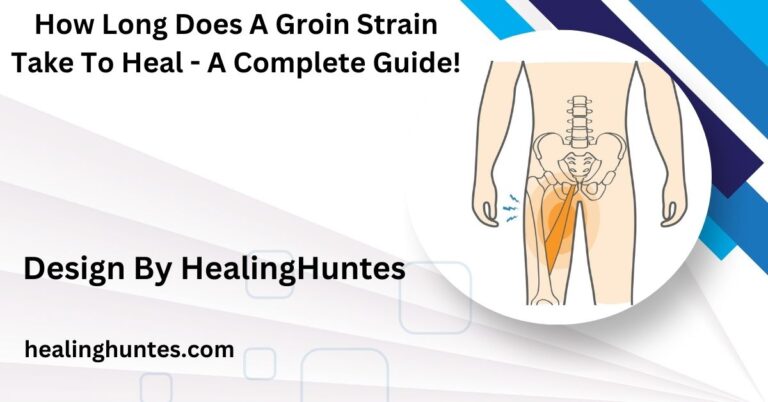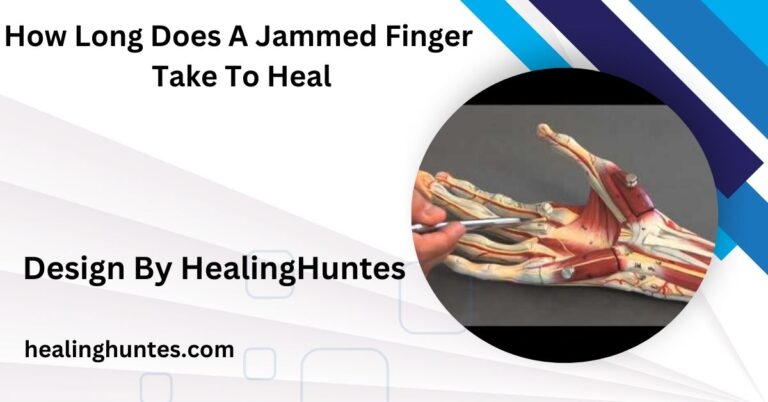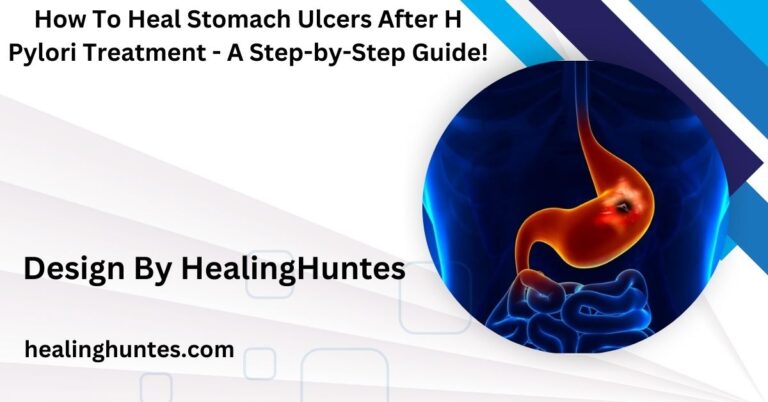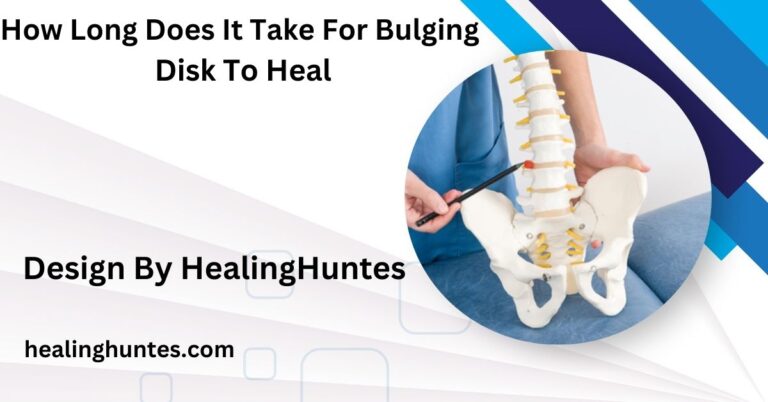How Long Do Nose Piercings Take To Heal – A Comprehensive Guide!
Nose piercings typically take 3 to 6 months to heal fully, depending on the piercing type and care routine. Following proper aftercare helps prevent infections and speeds up healing.
In this guide, we’ll discuss how long nose piercings take to heal, provide insights into proper care, and outline what to watch out for during the recovery journey.
Understanding Nose Piercing Healing Times:
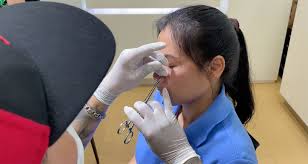
The time it takes for a nose piercing to heal varies between individuals and piercing locations. Generally, most nose piercings heal within 3 to 6 months; however, some may take longer. Factors like cartilage thickness, piercing technique, and skin type also play a role. Here’s an overview of the common types of nose piercings and their typical healing times:
- Nostril Piercing: This common type usually heals in about 2 to 4 months, with proper aftercare.
- Septum Piercing: Generally heals faster than nostril piercings, often within 6 to 8 weeks.
- Bridge Piercing: This one is a bit more complex and typically requires 8 to 12 weeks to heal.
Knowing the estimated healing time for each type helps set realistic expectations and allows for a patient approach to healing.
Factors Affecting Nose Piercing Healing Time:
Several factors can influence how quickly a nose piercing heals. While your body’s natural healing ability plays a role, other aspects like piercing care and lifestyle choices also matter:
Aftercare Routine:
Consistently following aftercare guidelines is crucial. Regular cleaning and gentle handling of the piercing help prevent infections and speed up healing.
Also Read: How To Heal A Calf Strain Quickly – Is It Necessary!
Body’s Immune Response:
Everyone’s body heals differently. Some people naturally heal faster, while others may need a little more time for their skin to fully recover.
Lifestyle and Hygiene:
Activities like sports, excessive touching, or exposure to dirt and pollution can introduce bacteria to the piercing site, slowing down the healing process. Good hygiene habits are essential to a smooth recovery.
Type of Jewelry Used:
Using hypoallergenic materials, such as titanium or surgical steel, reduces the risk of allergic reactions, which can prolong healing. Avoid low-quality metals, as they can irritate the skin.
Proper Aftercare for Nose Piercings:
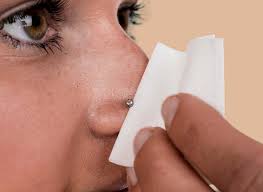
Caring for a new nose piercing requires patience and a gentle touch. Here’s a simple routine to help you keep your piercing clean and support faster healing:
Use a Saline Solution:
Clean the piercing with a saline solution or a mild saline spray. Avoid harsh antiseptics like alcohol, which can dry out the skin.
Avoid Touching:
Refrain from touching the piercing, especially with unwashed hands. This reduces the risk of introducing bacteria and prevents irritation.
Keep Away from Makeup and Cosmetics:
Avoid applying makeup, creams, or lotions near the piercing, as these products can cause irritation or clog the piercing site.
Watch for Signs of Infection:
Common signs of infection include redness, swelling, pain, and discharge. If you notice these symptoms, consult a professional piercer or healthcare provider for advice.
Dealing with Swelling and Pain:
It’s normal to experience minor swelling and discomfort in the days following a new nose piercing. Here are some tips to manage these initial symptoms:
- Apply a Cold Compress: Gently applying a cold compress can help reduce swelling. Avoid direct ice application, as it can damage the skin.
- Stay Hydrated and Maintain a Healthy Diet: Good nutrition supports the body’s natural healing process. Drinking plenty of water and eating a balanced diet may speed up recovery.
- Avoid Over-the-Counter Painkillers that thin the blood, like aspirin, as they can increase swelling. Opt for mild pain relievers if necessary.
Also Read: How To Heal From Childhood Trauma – Steps to Heal Trauma!
Potential Complications and How to Handle Them:
While most nose piercings heal without major issues, some complications can arise. Being aware of these potential risks helps you act quickly if a problem occurs:
- Infections: Infections can be prevented by maintaining strict hygiene and cleaning routines. If an infection develops, prompt care is essential to avoid further complications.
- Keloids or Hypertrophic Scarring: Some people may develop small bumps or raised scars around the piercing site. Gentle saline soaks can help, but consult a professional if the issue persists.
- Jewelry Rejection or Migration: Occasionally, the body may push the jewelry out, a process known as rejection. If this happens, consult a piercer to adjust or replace the jewelry.
- Allergic Reactions: If you suspect an allergy to the metal in your jewelry, switch to a hypoallergenic material under the guidance of a piercer.
Expected Timeline of Nose Piercing Healing Stages:

Understanding the typical stages of healing can help you monitor your progress. While timelines vary, most nose piercings go through these phases:
Initial Healing (0 to 4 Weeks):
The skin around the piercing adjusts, and initial swelling may subside. This stage is crucial for establishing a clean environment for healing.
Mid-Stage Healing (1 to 3 Months):
During this phase, the piercing may seem healed on the outside, but it’s still healing internally. Continue with consistent aftercare.
Complete Healing (3 to 6 Months):
By the end of 6 months, most piercings are fully healed. Avoid changing jewelry too early, as this can disrupt healing.
Also Read: How Long Does A Torn Ligament Take To Heal – Torn Ligament Recovery Timeline!
When to Seek Professional Help:
Although minor pain and swelling are common, severe discomfort, persistent redness, or oozing pus are signs that something might be wrong. In such cases, consult a professional piercer or healthcare provider promptly. Trying to treat an infection at home without guidance can sometimes make matters worse.
Tips for Faster Healing and Recovery:
For those eager to speed up the healing process, here are some additional tips to help your piercing recover faster:
- Stick to a Routine: Follow the aftercare regimen consistently. Skipping days can delay healing and increase infection risk.
- Sleep Position: Avoid sleeping on the pierced side. This can prevent unnecessary pressure and keep bacteria from transferring from bedding to the piercing.
- Avoid Swimming: Swimming pools, hot tubs, and even natural water sources contain bacteria that could infect the piercing. Avoid these until fully healed.
FAQ’s
1. How long does it typically take for a nose piercing to heal completely?
Most nose piercings take around 3 to 6 months to heal fully, depending on the type and individual factors.
2. Can I change my nose jewelry before it’s fully healed?
It’s recommended to wait until the piercing is fully healed to avoid complications like irritation or infections.
3. What should I do if my piercing becomes infected?
Clean it with saline solution and consult a professional if the infection persists or worsens.
4. Will a nose piercing leave a scar if I remove it?
While most heal without noticeable scars, some individuals may develop a small mark or bump, especially if the piercing was infected.
5. Are there any foods or habits that can affect the healing process?
Yes, avoiding alcohol, smoking, and maintaining a healthy diet can support faster healing.
Conclusion
Getting a nose piercing can be an exciting experience, but ensuring a safe healing process is essential. With proper care, patience, and awareness of potential complications, you can enjoy your new piercing without issues. Remember, it’s always worth consulting a professional for aftercare guidance to ensure a smooth, healthy recovery.
